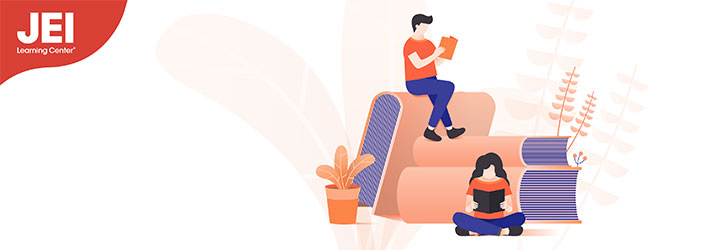
Are there girls in this book?
Empathy is a big factor in emotional intelligence. It allows us to navigate social situations by inferring or inquiring about how others are feeling. Empathy is crucial to building relationships in any professional setting whether it be the workplace or the classroom.
Studies show that reading increases empathy, so why wouldn’t we want boys to empathize with the other half of the human species? Writing for the Washington Post, children’s author Shannon Hale recounts the myriad ways in which adults discourage boys from reading stories with female lead characters:
A school librarian introduces me before I give an assembly. “Girls, you’re in for a real treat. You will love Shannon Hale’s books. Boys, I expect you to behave anyway.”
At a book signing, a mother looks sadly at my books. “I wish I could buy some for my kids, but I only have boys.”
A little boy points to one of my books and exclaims, “I want that one!” His father pulls him away. “No, that’s a girl book.”
Hale’s books, particularly the ones with “princess” in the title, are often bait for this sort of treatment. However, based on reports she’s gotten from parents, boys love her books as much as girls do. The only thing making them “girl’s books” are the adults in the room.
And if literature is a major means of learning empathy for others, adults are in effect teaching boys not to empathize with girls. When we tell our boys that they should avoid the stories of women, we are teaching them not to listen to women. These lessons trickle down into classroom behavior and, when the children grow up, the workplace.
But even if we aren’t explicitly or implicitly shielding our sons from books with female protagonists, they may still be hard to come by. A 2011 study found wide disparities in the gender of central characters in book publishing overall, finding that books overwhelmingly opted for male leads.
To combat this institutional bias, we must actively ensure that our boys are reading books with female main characters. Further, we need to stop treating books with female leads as lesser books only for women’s entertainment, especially to our boys. When we teach them these stories don’t matter, we teach them that the female experience doesn’t matter. That lesson carries into the workplace, the classroom, even their love life.
At JEI, we believe that reading is for everyone.
Our Reading & Writing enrichment program takes children through a whirlwind of literary genres, including non-fiction. For instance, our curriculum includes Matilda, Roald Dahl’s classic novel. In it, the title character, a precocious five-year-old girl, survives her world of abuse at the hands of her parents by playing ingenious pranks on them. At school, Matilda’s classmates are terrorized by the tyrannical headmistress Miss Trunchbull whose punishments are so outlandishly severe that no parent would believe their child.
Matilda uses her wit, her leadership skills, and her unexpected powers of telekinesis to run Miss Trunchbull out of town. This novel shows boys that girls can be powerful and intelligent, able to take control of the world around them.
Matilda and other female-led stories such as Harriet the Spy and The Cam Jensen Mysteries teach boys that women can take proactive roles to change the world they live in. The first step to our boys seeing female characters with a full range of emotion and experience is getting these books into their hands. JEI’s Reading & Writing program is a great way to start that process.
Summer is a great time to get started with this program. Each month, your child will read one book while completing assignments testing core competencies like reading comprehension and vocabulary, usually as essay prompts.
To get started with our Reading & Writing program, find a JEI Learning Center near you.


